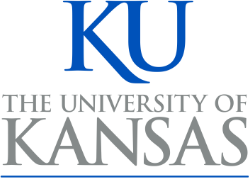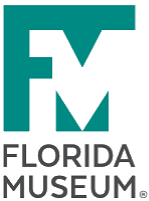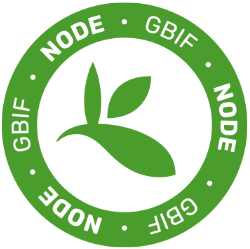Press Releases
Published: 01-14-2016
Special Issue on Sustainability in Biobanking With guest editors Marianne Henderson, Daniel Simeon-Dubach, and Monique Albert.
From the Official Journal of the International Society for Biological and Environmental Repositories.
The issue includes ten articles with free access through February 1, 2016.
View the press release or visit the special issue to read and download articles.
Published: 01-06-2016
Bruce Lieberman, the Principal Investigator of the TCN: Digitizing Fossils to Enable New Syntheses in Biogeography - Creating a PALEONICHES, was interviewed in a 40 minute radio program called the “Central Standard” on the Kansas City, Missouri, National Public Radio affiliate (KCUR 89.3). The topics discussed during the interview included fossil deposits in Kansas and...
Published: 12-18-2015
Blog Post By Karen Cranston
Part of the mission of Data Carpentry is to encourage and enable reproducible research. The core Data Carpentry curriculum teaches researchers approaches and skills that are fundamental to reproducible research, such as scripting and data management. We are also adopting a Reproducible Research curriculum that explicitly focuses on...
Published: 11-30-2015
In this video, Deb Paul, a Digitization Specialist, provides a brief overview of iDigBio. This video was created during the Entomology 2015 Conference by Derek A. Woller. Learn more by visiting Entomology Today.
Published: 09-28-2015
The Digital Atlas of Ancient Life just released a free app for iPhones and iPads. The app is an electronic field guide that has an interactive digital atlas for the paleontology time periods: Neogene, Pennsylvanian, and Ordovician.
The Digital Atlas of Ancient Life Electronic Field Guide App is part of the project "Digitizing Fossils to Enable New Syntheses in...
Published: 09-15-2015
Understanding species distributions and having access to digital biodiversity information internationally is essential for scientists to have a comprehensive understanding of biodiversity. An international team, including the University of Florida’s Robert Guralnick, Associate Curator of Biodiversity Informatics at the Florida Museum of Natural History, is bringing us closer...
Published: 09-11-2015
Purple loosestrife. Image courtesy: U-M Herbarium.
The University of Michigan recently published their fourth installment in a series of articles highlighting the University of Michigan Herbarium's digitization efforts and participation in ADBC.
the University of Michigan Herbarium is collaborating with more than 20 other entities across seven states and Canada, to document...
Published: 09-11-2015
The American Museum of Natural History, Florida State University, George Mason University, STEPPE – Geological Society of America, University of Wisconsin – Madison, and the Yale Peabody Museum have joined to establish Enhancing Paleontological and Neontological Data Discovery (ePANDDA), a new application programming interface (API).
ePANDDA will connect The Paleobiology...
Published: 09-11-2015
Long stalks of Thysanophora penicillioides, a microfungus that grows on fallen hemlock needles. Photo courtesy of: Kathie T. Hodge
The Microfungi Collections Consortium TCN is continuing to receive support in its quest to digitize microscopic fungi collections. NSF has granted $2.6 million to the project, a collaborative effort involving 38 institutions in 31 states....
Published: 09-11-2015
Bringing ‘dark data’ into the light: Best practices for digitizing herbarium collections
New workflow modules will facilitate imaging and data transcription for thousands of plant specimens
Imagine the scientific discoveries that would result from a searchable online database containing millions of plant, algae, and fungi specimen records. Thanks to a new set of workflow...




